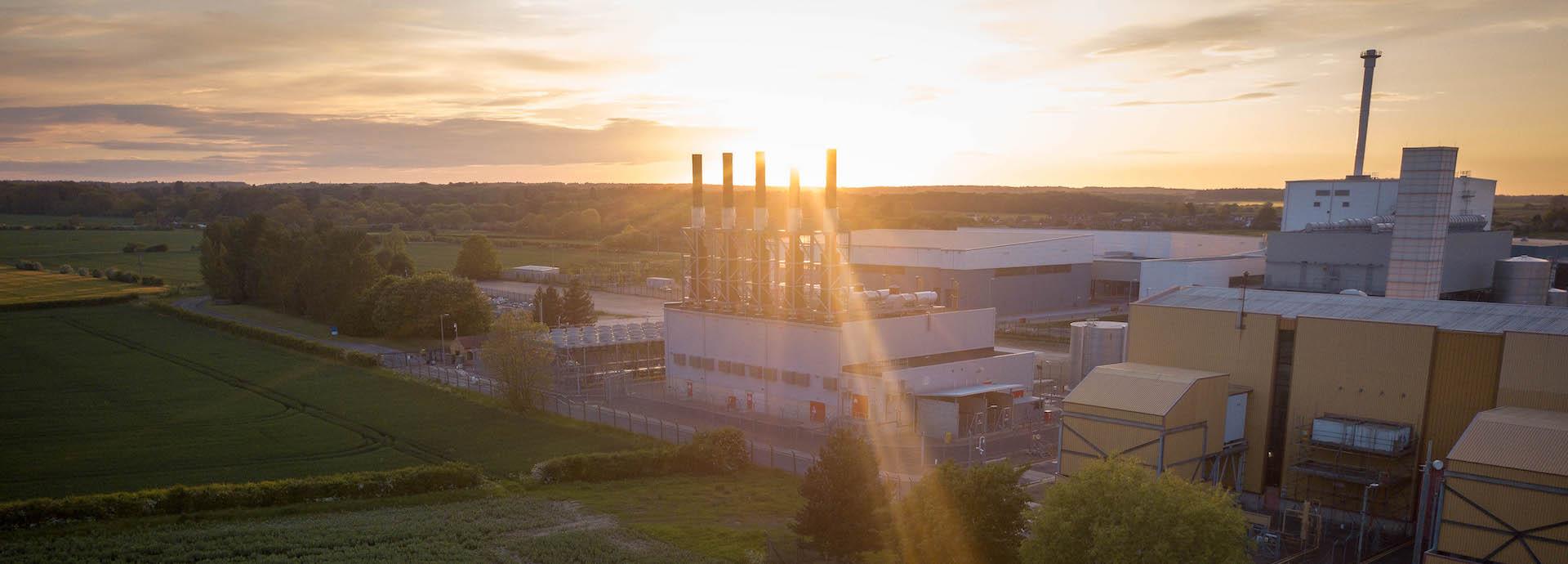

In the energy sector, performance and profitability can be affected significantly by how power plants are operated and maintained.
For utilities, the decision to establish a new power plant is not made lightly. It is a major investment for the future, but deciding to build a plant and determining what form that plant should take has to be made based on currently available technology. In these circumstances, the ability of the technology provider to offer customisable solutions that can be adapted as the market changes is critical as customers seek to future-proof their investments.
Henri van Boxtel, Director, Wärtsilä Energy Business, says that finding the right long-term solution for a power plant customer begins with gaining a detailed understanding of the customer’s particular situation and needs.
“We’ll start with an investigation – what type of power generation do you want? What is applicable for the country or region? What offtake models are valid in that country? A customer may want 24/7 power generation, or they may only want to run power plants at peak hours or during emergencies. Once we have investigated what model they are looking for and what they really need, then we co-develop a concept that serves their needs,” van Boxtel says.
Preparing for a renewable future
This investigative process also offers the opportunity for providers and customers to have a discussion about transitioning towards sustainable energy options.
“Our vision is to aim for a 100% renewable energy future,” says van Boxtel. “We present new options to clients that include wind and solar energy, coupled with battery storage and flexible gas engines.”
Converting dual-fuel combustion engines to a fully natural-gas powered operation is one way to reduce nitrogen dioxide (NoX) and sulphur dioxide (SoX) emissions and is a critical step in the transition to a carbon-neutral future.
“You might argue that if you are running engines, then you are burning fossil fuels. But what is being developed as we speak are synthetic renewable fuels that will be available for use in our engines in the future. Choosing an engine now that can be adapted to these new fuels is a way to future-proof your investment,” van Boxtel says.
Wärtsilä is currently developing a flexible gas plant in Australia that combines renewable resources with Wärtsilä engines.
“The engines only run when the renewables are not sufficient to meet the demand of power,” says van Boxtel. “It’s an interesting situation because this plant is next to an existing coal-fired plant that is currently being demolished. So, you can see the old generation being put to sleep while the new generation is being built.”
Ability to adapt and customise
Determining the right format for power generation is only the beginning of a power plant’s journey, however. Once the plant starts its commercial operation, how the power generation assets are managed is critical to its overall performance and profitability.
“Traditionally, plant maintenance was carried out according to a manual that dictated that after X number of running hours, you should do this and that,” says van Boxtel. “Today, we have 10 Wärtsilä Expertise Centres around the world that are digitally connected to power plants which we operate or maintain.”
These centres, which support 250 plants globally, gather data from each power plant, allowing Wärtsilä engineers to identify issues that require maintenance and take proactive steps, rather than reacting to a problem after it occurs or conducting unnecessary maintenance activities. In case operational support is needed, it can be provided remotely from the centres. In 2018, nearly 70% of the operational support cases received by the Wärtsilä Expertise Centres were solved remotely and over 50% were resolved that same day.
“From the information we get from the plant and the engines, we can see whether we perhaps have to work on some engines now, and the others we can postpone for maybe 1,000 or 2,000 running hours,” van Boxtel says.
These high-tech centres, which involve asset diagnostics, maintenance management, and operational support, are part of why Wärtsilä can confidently offer customers performance guarantees.
“We have efficiency guarantees, consumption guarantees – anything that involves a substantial cost or revenue for our customer,” says Markus Ljungkvist, Vice President, Energy Services, Wärtsilä Energy Business. “For example, you have availability guarantees – we could say that a plant is available 96% of the time — which of course has a big impact on the financials compared to it being 90% available.”
Wärtsilä data shows that the average annual availability for gas engine power plants operated by company is 96.7% and average annual reliability is 99.1%.
Adapting to a customer’s needs
This kind of maintenance and operational support is often critical when a new facility starts its commercial operation.
“Sometimes customers do not have a lot of experience, so they run a risk managing the plants themselves,” says van Boxtel. “Other customers are very experienced, but they have faith in us that we can run their plant more efficiently than anyone else.”
Needs change over time, however, and Wärtsilä can adapt and customise service agreement for power plants as the situation evolves. Ljungkvist cites the example of a client in Senegal that has been a Wärtsilä customer for over 20 years.
“They wanted to increase the local participation and do part of the operation and maintenance themselves, so we went from a full Operation and maintenance solution to an agreement where we shared management responsibilities while keeping the same performance guarantees,” Ljungvist says.
“With our customers, we are co-developing new solutions and concepts that are giving them the service they need, the promised power will be delivered, and that will also fit perfectly into the environmental mission of their country,” concludes van Boxtel.


